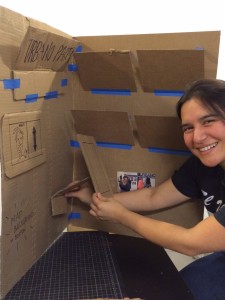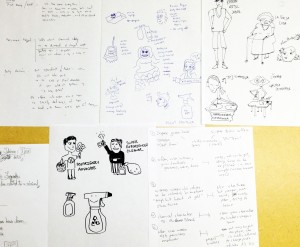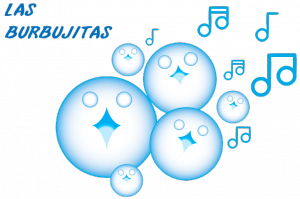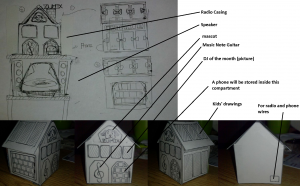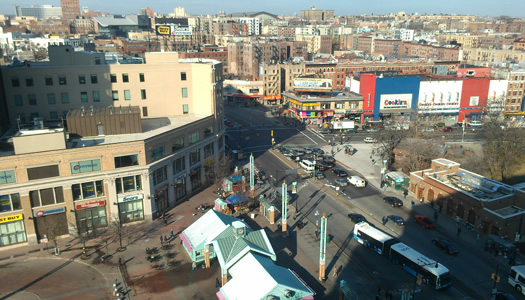In class this week, we had 2 guests: Colin Raney, the Managing Director of IDEO’s Massachusetts office and Anjum Asharia, Program Director with Rev- and member of the Rev-/BIC project team.
Colin Raney, Managing Director of IDEO’s Massachusetts Office:
IDEO is a design firm that works on a wide range of design problems from brand development, to product design, to process design. Colin spoke to us about some projects that IDEO has worked on and how they apply “human-centered design thinking” to their work, attempting to understand and find “empathy” with people who are part of the design challenges they are addressing.
He feels that IDEO practices codesign, but doesn’t talk about it. He said, “Clients hire us for outcomes and impact, so they speak about their products and not as much about their processes.” He’s particularly interested in codesign, however and in methods that ask questions of designers. Design thinking, he says, suggests that anyone can be a designer; codesign also suggests this, and requires that members of a design process facilitate one another to be designers.
For live notes from Colin’s talk, check out our class notes: http://brownbag.me:9001/p/codesign13-Week11
Design Workshop with Anjum Asharia – Character Design and Media Making for the Claro Que Si hotline project
Anjum Asharia is a Program Director with Rev- and has joined our class this term as a project partner in the Rev-/BIC team. Anjum led us through a workshop during class to become more familiar with the work of this project team and to engage us as participants in their design process and media making.
The team is developing a hotline based on New Day New Standard, produced by Rev- and DWU to serve as an information hotline for nannies and employers to learn about the labor rights that are a part of the 2010 New York Domestic Workers’ Bill of Rights.
Anjum walked us through calling New Day New Standard, (646) 699-3989. We each called from our own phones to experience the hotline as a caller and shared our thoughts about what we liked, what we didn’t like, and what is difficult to understand:
Some of our feedback:
what we liked: content
is simple; quick to go from place to place; thought that the episode would be exciting; the main narrator, Christine’s voice and energy;
what we didn’t like: long quiet gap between choosing episode and hearing; doubted that the episode would be exciting; was good because we’re in a quiet place, walking through a city would be hard; would be useful if there were shortcodes to listen to episodes and bypass the menu;
what is confusing: a little confusing to have the pieces be called episodes but be about topics;
We spoke about the importance of the characters in New Day New Standard and then did a design exercise to imagine what the character for the BIC project, “Clara Que Si” might be like, taking 5 minutes to work independently, drawing a portrait of Clara and writing out what her age is, what she says, and what she sounds like.
The team will use these drawings and ideas to develop the script and character further.
Our final activity together was to contribute to the making of some of the content for the hotline! Anjum introduced the story that we were contributing to. The story is about bedbugs and she would record us as we made the sounds of bedbugs at a party. Some of us made sounds of bedbugs whistling, others shouting excitedly, and others, eating.
*nom nom*
